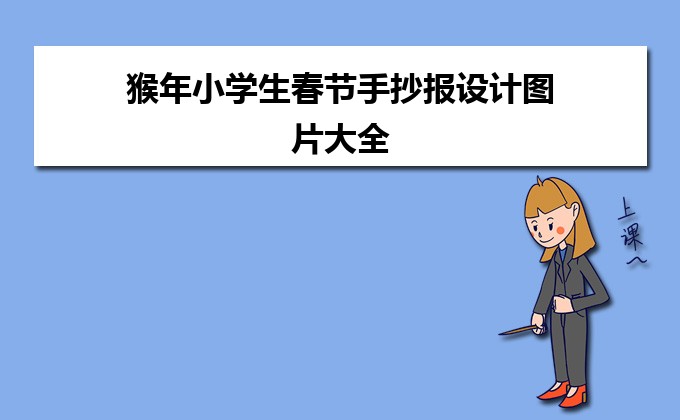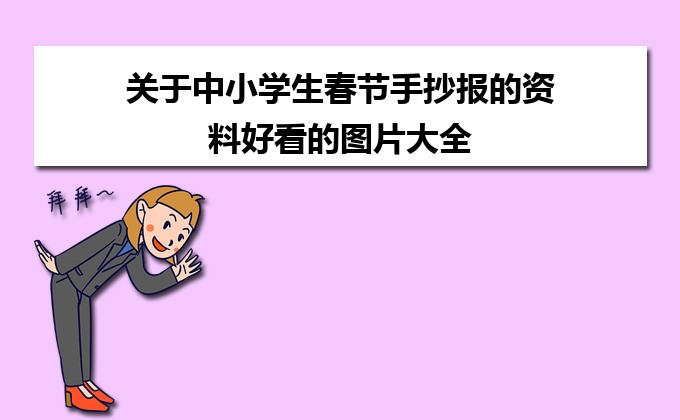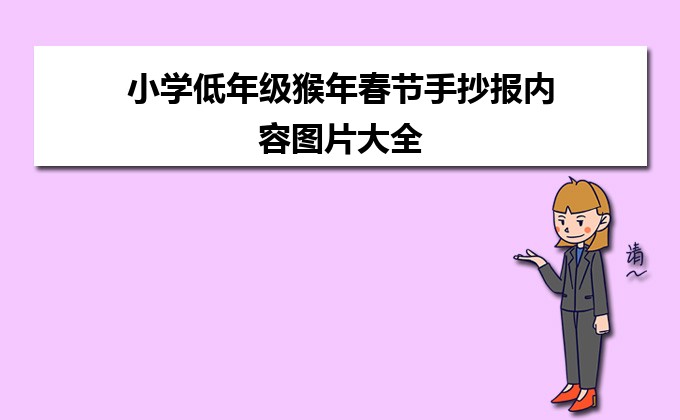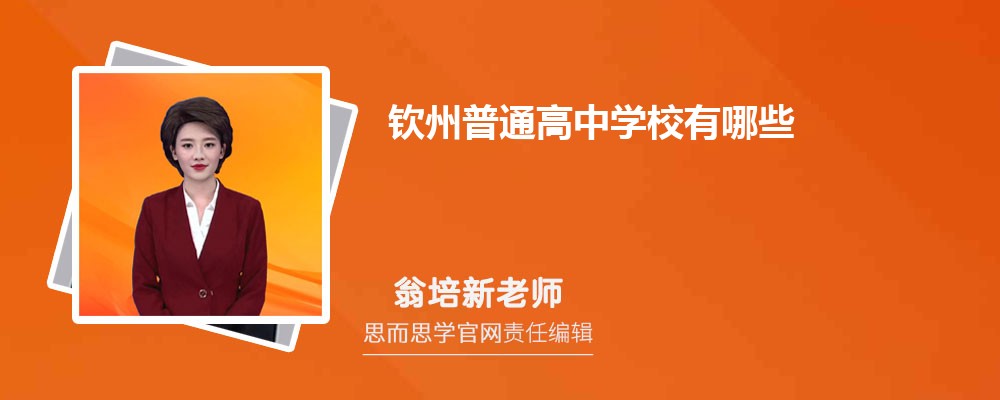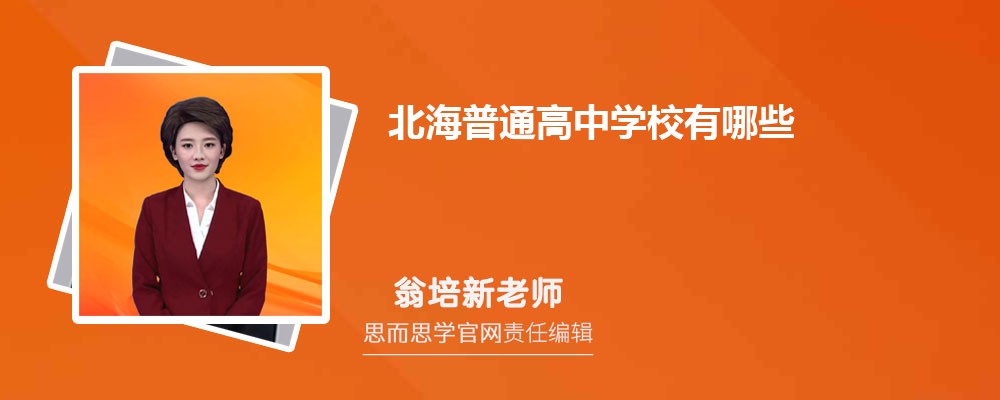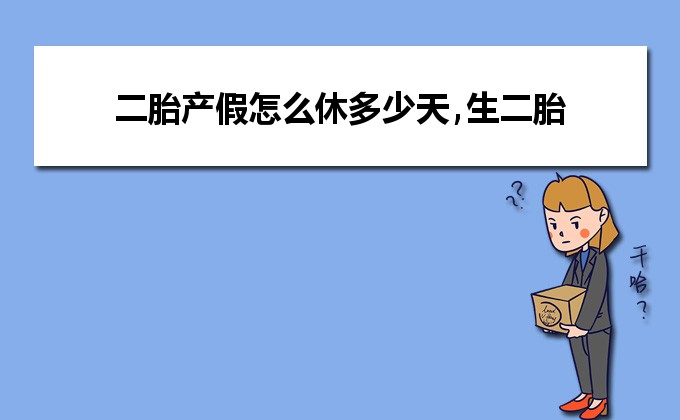春节历法
春节时间
中国人过春节已有4000多年的历史。
在现代,人们把春节定于农历正月初一,但一般至少要到正月十五(上元节)新年才算结束,在民间,传统意义上的春节是指从腊月的腊祭或腊月二十三或二十四的祭灶,一直到正月十九。
春节的时间(农历正月初一)在公历1月21日至2月21日之间游动。“最早的春节”(如1966年的1月21日)和“最迟的春节”(如1985年的2月20日)相差整一个月。根据历法计算,如果农历不进行人为调整的话,2319年2月21日将迎来“史上最晚春节”,此前春节最迟出现在公历2月20日,为1920年和1985年。
闰春节
闰春节,又称闰正月,从公元1645年使用历理置闰制开始,到公元2800年的1155年里,农历闰正月只发生6次,非常罕见,其年份分别是1651、2262、2357、2520、2539、2634 。
闰春节的过法
如果一年有闰正月,原则上春节过第一个正月的,到了闰正月的时候则不过节。当然,也有少数地区过完第一个正月的春节以后,到了闰正月的时候也过闰正月的春节,因为闰正月也叫正月,所以也把闰正月的初一也看做春节来过。
历史沿革
春节起源
关于春节的起源有多种说法,其中几种较具代表性的说法,如春节源于腊祭,春节源于巫术仪式说,春节源于鬼节说等, 但其中被普遍接受的说法是春节由虞舜时期兴起。
公元前2000多年的一天,舜即天子位,带领着部下人员,祭拜天地。从此,人们就把这一天当作岁首。据说这就是农历新年的由来,后来叫春节。
时间变革
中国历代的春节的日期并不一致:
夏朝用孟春的元月为正月。
商朝用腊月(十二月)为正月。
秦始皇统一六国后规定以十月为正月,汉朝初期沿用秦历。
汉武帝太初元年,即公元前104年,天文学家落下闳、邓平等人制订了《太初历》,将原来以十月为岁首改为以孟春正月为岁首,后人在此基本上逐渐完善为我们当今使用的阴历(即农历),落下闳也被称为“春节老人”。此后中国一直沿用夏历(阴历,又称农历)纪年,直到清朝未年,长达2080年。
Preceding days 春节前
This article does not cite any references or sources.
Please help improve this article by adding citations to reliable sources. Unsourced material may be challenged and removed. (January 2010)
On the days before the New Year celebration Chinese families give their home a thorough cleaning. There is a Cantonese saying "Wash away the dirt on ninyabaat" (年廿八,洗邋遢), but the practice is not usually restricted on nin'ya'baat (年廿八, the 28th day of month 12). It is believed the cleaning sweeps away the bad luck of the Pceding year and makes their homes ready for good luck. Brooms and dust pans are put away on the first day so that luck cannot be swept away. Some people give their homes, doors and window-frames a new coat of red paint. Homes are often decorated with paper cutouts of Chinese auspicious phrases and couplets. Purchasing new clothing, shoes, and receiving a hair-cut also symbolize a fresh start.
In many households where Buddhism or Taoism is Pva lent, home altars and statues are cleaned thoroughly, and altars that were adorned with decorations from the Pvious year are also taken down and burned a week before the new year starts, and replaced with new decorations. Taoists (and Buddhists to a lesser extent) will also "send gods" (送神), an example would be burning a paper effigy of Zao Jun the Kitchen God, the recorder of family functions. This is done so that the Kitchen God can report to the Jade Emperor of the family household's transgressions and good deeds. Families often offer sweet foods (such as candy) in order to "bribe" the deities into reporting good things about the family.
The biggest event of any Chinese New Year's Eve is the dinner every family will have. A dish consisting of fish will appear on the tables of Chinese families. It is for display for the New Year's Eve dinner. This meal is comparable to Christmas dinner in the West. In northern China, it is customary to make dumplings (jiaozi 饺子) after dinner and have it around midnight. Dumplings symbolize wealth because their shape is like a Chinese tael. By contrast, in the South, it is customary to make a new year cake (Niangao, 年糕) after dinner and send pieces of it as gifts to relatives and friends in the coming days of the new year. Niangao literally means increasingly prosperous year in year out. After the dinner, some families go to local temples, hours before the new year begins to pray for a prosperous new year by lighting the first incense of the year; however in modern practice, many households hold parties and even hold a countdown to the new lunar year. Beginning in the 1980s, the CCTV New Year's Gala was broadcast four hours before the start of the New Year.


